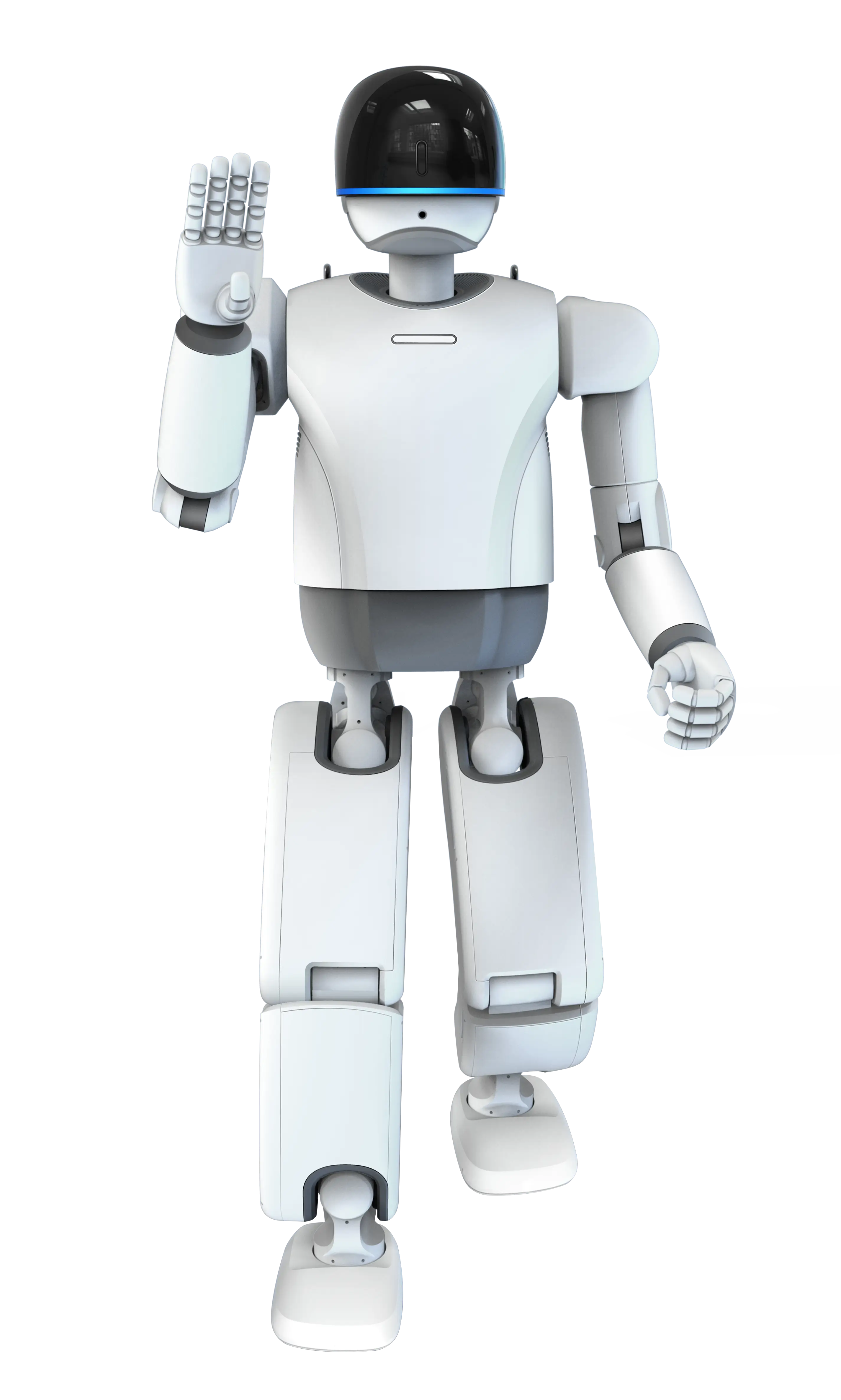SMS code login
Password Login
Get SMS verification code
Get SMS verification code

2025-05-20

As the "joint code" of mechanical transmission, bearings are not only transmitters of force and motion but also core carriers for humans to break through the bottlenecks of bionic technology.
Humanoid robots need to simulate the coordinated movement of the human body's 206 bones, and their joint systems must possess the characteristics of high precision, high load capacity, and rapid response. These bearings must withstand impact loads of hundreds of Newton-meters during walking while achieving micron-level position control when grasping eggs. Their performance directly determines the robot's dynamic balance ability and the fineness of its movements.
As the most basic "versatile" component, deep groove ball bearings are often used in shoulder joint drive motors due to their low friction and high rotational speed. Angular contact ball bearings form a "pressure combination" through paired installation, which can not only withstand the axial impact of body weight during walking but also resolve the radial loads caused by lateral torsion. Tesla's Optimus robot uses this type of bearing to achieve dynamic balance when climbing stairs.
When Boston Dynamics' Atlas robot performs a backflip, the crossed roller bearings in its waist rotation joint control the torque distribution with an accuracy of 0.001 degrees to ensure absolute stability of the flip axis. Their cross-cylindrical roller structure, as thin as a cicada's wing, can bear a load 10 times its own weight while achieving zero-backlash transmission. When a robot simulates surgical operations with a scalpel, the precision of these bearings directly determines the stability of the "scalpel-holding hand."
Hongyuan Bearing has broken through Japanese technological blockades with its developed flexible bearings, capturing 90% of the domestic market share in harmonic reducers. The service life of its products has increased from 2,000 hours to 8,000 hours, with precision retention reaching international advanced levels.
The crossed roller bearing samples provided by Suzhou Bearing Joint Stock Company (SZC) for Tesla's humanoid robots have increased material fatigue strength by 30% through an original vacuum heat treatment process. Each set of bearings can withstand an equivalent walking distance of 1,500 kilometers, up from 500 kilometers previously.
Japan's THK recently released nano-coated bearings that reduce the friction coefficient to 0.0008. Surface waviness treatment technology smaller than the diameter of a human hair is redefining industry standards for precision transmission.
As humanoid robots evolve toward emotional interaction and autonomous decision-making, bearing technology is undergoing fundamental 变革 (revolution):
"Thinking bearings" integrated with miniature sensors have entered the laboratory stage. These bearings can real-time monitor changes in temperature, vibration, and load. When abnormal stress is detected, they can autonomously adjust preload to prevent mechanical damage.
Inspired by human synovial joints, self-lubricating bearings using cartilage-like bionic materials can achieve millions of motion cycles without external lubrication. The friction coefficient of the wrist joint bearings in a bionic robot arm developed by Germany's Festo is already close to that of real human joints.
Standing at the critical point of technological innovation, bearings have transcended the category of traditional mechanical parts to become interdisciplinary carriers integrating materials science, intelligent sensing, and bionics. When humanoid robots finally break through the "uncanny valley effect" and assist the elderly in nursing homes or build cities on Mars, the precision bearings silently operating deep within their joints will be the technological cornerstone of humanity's gift of "lifelike warmth" to machines.
XIR Bearing Professional Manufacturing:
Stainless steel bearing(SUS420/SUS440/SUS304/SUS316 ss bearing),Ceramic bearing( ZrO2,SI3N4,SIC,PTFE,PEEK,PA66),High temperature resistant bearings,Low temperature resistant bearings,Electric motor bearings, Motor bearings, Automotive bearings,Wheel bearings,Tricycle bearings,Tractor bearings,Axle bearings,Differential bearings,Transmission bearings,Reducer bearings,Gearbox bearings,Mining machinery bearings,Construction machinery bearings,construction machinery bearings,Excavators bearings,textile machines bearings,
Shandong XIR Bearing Co.,Ltd.
Shandong XIR Technology Co.,Ltd.
Add: North of Mahuzhai village West Road, TangyuanTown, Liaocheng,Shandong, China
Tel: 86 635 8300355
Cell: 86 13406379000 (Whatsapp/Wechat)
Email: sales@xirbearing.com
Web: www.xirbearing.com